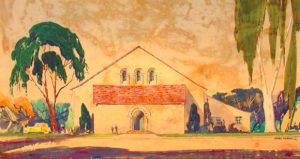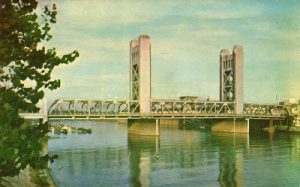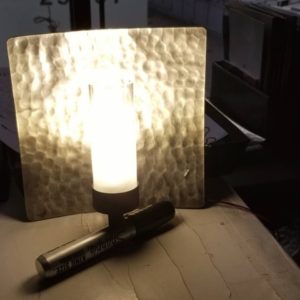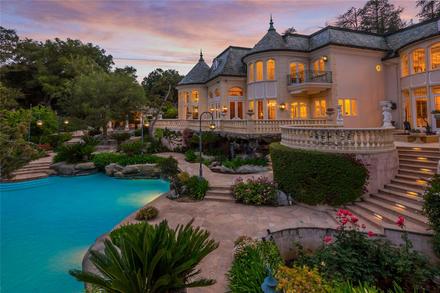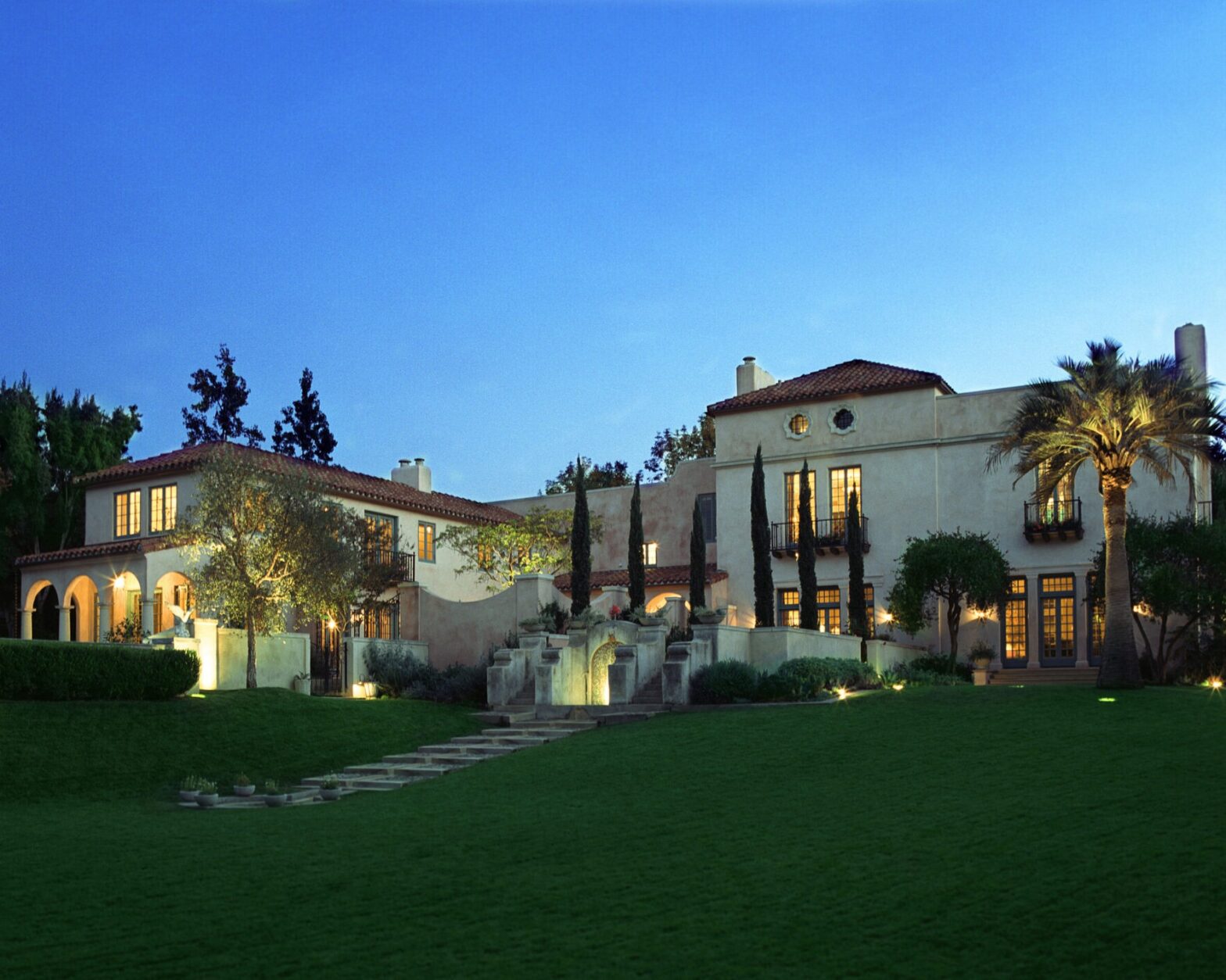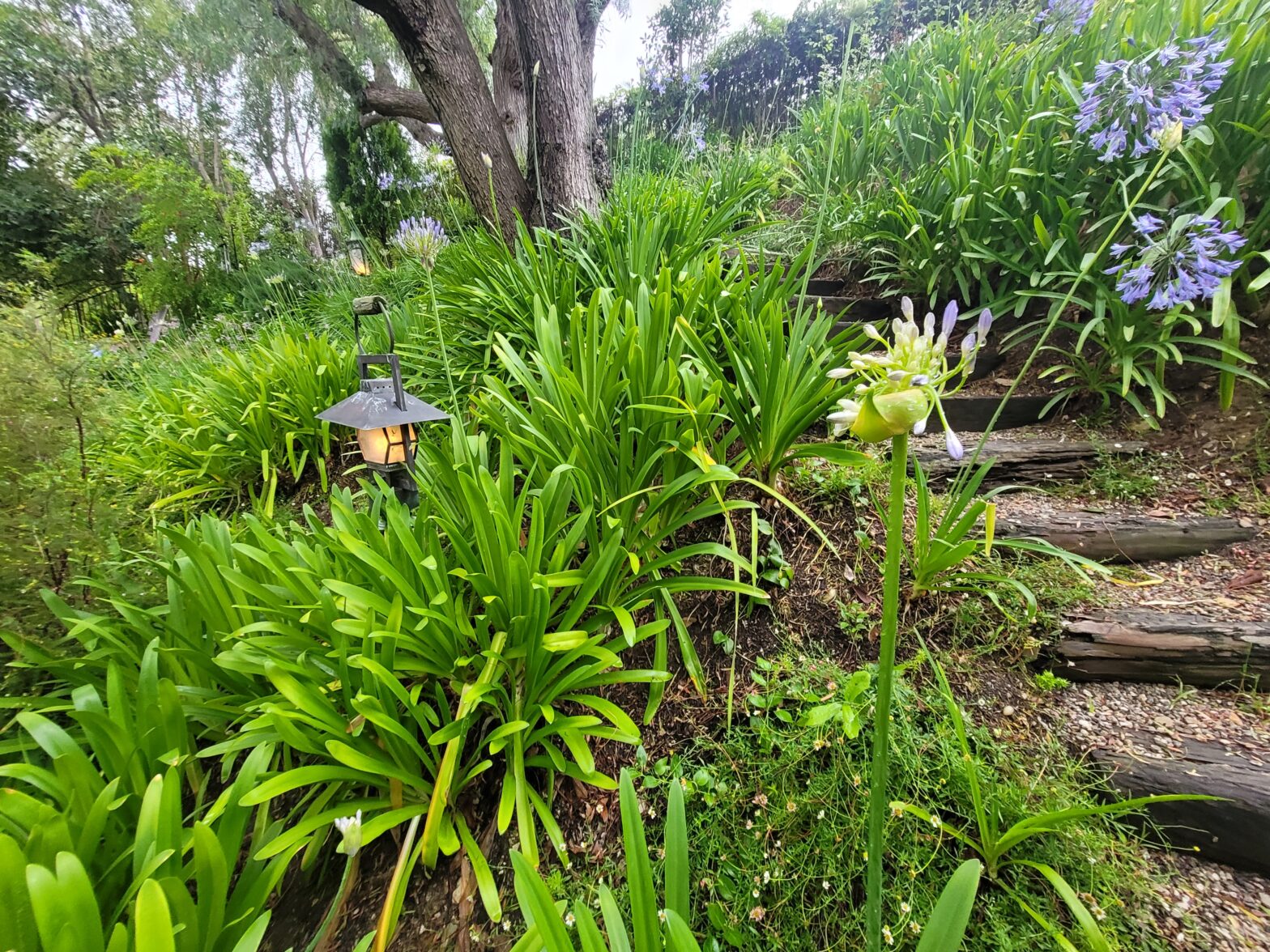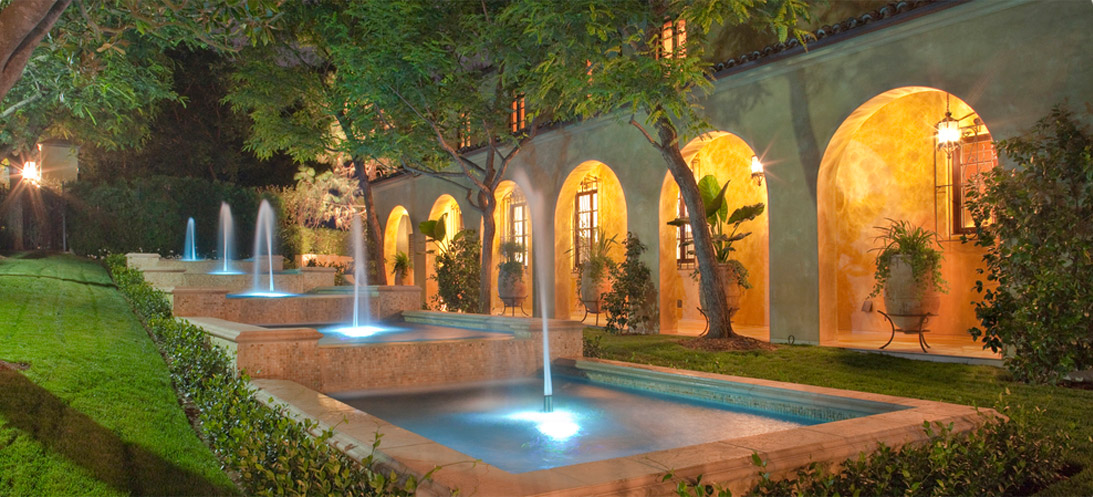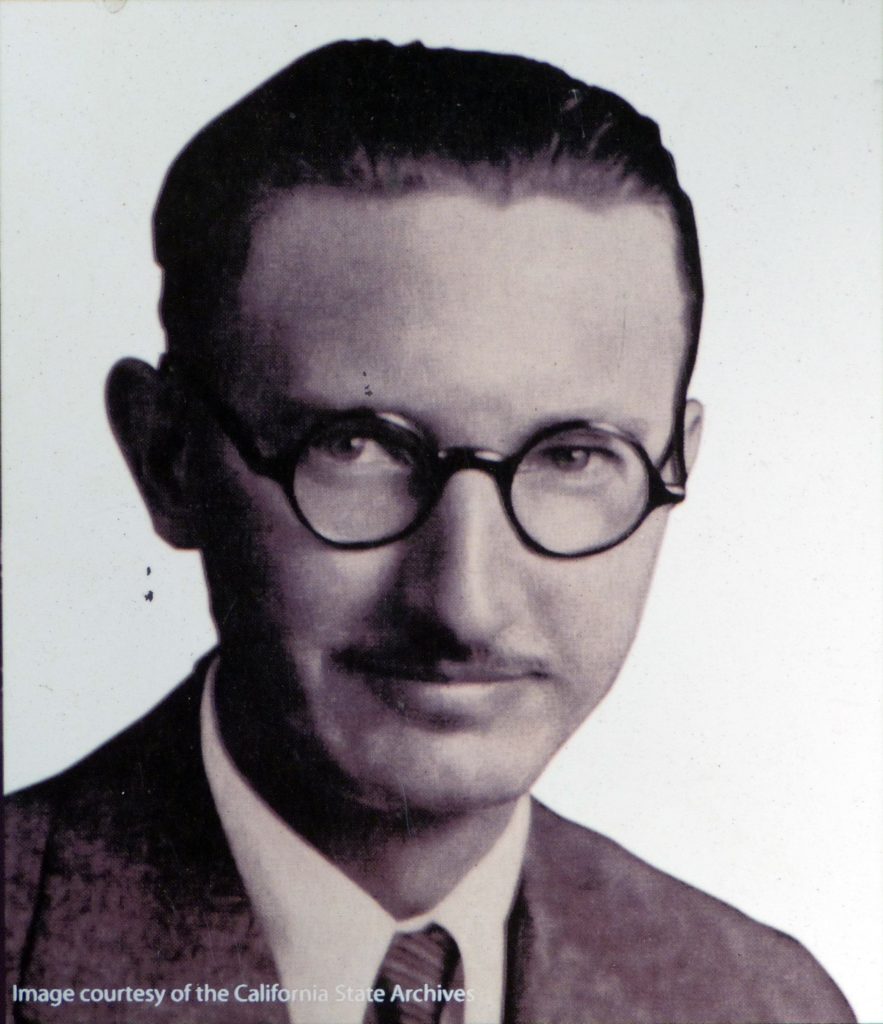
The work of Alfred Eichler reflected the spirit and diversity of California. During his time as an architect for the state, Eichler designed buildings which reflected the everyday lives of a ‘modern’ citizen. There was no grandiose flash in his design, but a subtle sophistication that people just felt comfortable with. Even though his name is not widely known, his projects dot the landscape of this great state and serve the people who call it home.
Alfred Eichler was born to Dr. Alfred Eichler Sr. and Laura Eichler in Shadyside, Missouri in 1895. Just after his birth, his parents moved the family to San Francisco, where he grew up with his siblings. At age 13, Eichler contracted spinal meningitis, which left him deaf. However, his disability didn’t hamper his motivation or drive for creative success in the future. Eichler attended St. Ignatius College Preparatory in San Francisco before studying at Columbia University and the Beaux Arts Institute of Design in New York. After completing his studies, he went on to serve his country in the Navy, where he functioned as a civil architect during WWI. After his service in the Navy, Eichler worked in private firms in New York, Washington D.C., and San Francisco. He was later hired as the Senior Architectural Designer for the Division of Architecture of California’s Department of Public Works. In 1949, he was promoted to Supervisory Architect in the Design Section until his retirement in 1963.
List of Notable Projects
- San Quentin State Prison – Hospital addition
- San Quentin State Prison – Cell block & solitary confinement
- San Quentin State Prison – Dormitory & prison yard
- San Quentin State Prison – Women’s cell block
- California Institution for Women – Tehachapi
- Folsom State Prison – New cell blocks
- Folsom State Prison – Chinese and Negro Dormitory
- State Reform School – Preston School of Industry
- Fred C. Nelles School for Boys – Gymnasium
- Ventura School for Girls
- Stockton State Hospital
- Camarillo State Hospital
- Napa State Hospital
- Mendocino State Hospital
His work went well beyond prison and hospital designs. He completed work for state parks, the State Fair Ground, Veterans Homes and the Sacramento Tower Bridge. One of the most notable parts of his work were the drawings and watercolor renderings of his projects. Each one was a simply stated and clean rendering, but deeply creative and artistic. The watercolors especially captured the essence and feel of the specific structure he was depicting. The watercolors of public use buildings accurately reflected the colors of California. On the other hand, the renderings of confinement facilities were more more dark and somber, reflecting the spirit of the work.
Learn more about Alfred Richler here.
From the Factory Floor
Design for a new hotel in San Luis Obispo launching this year!
by Gerald Olesker, CEO, ADG Lighting
